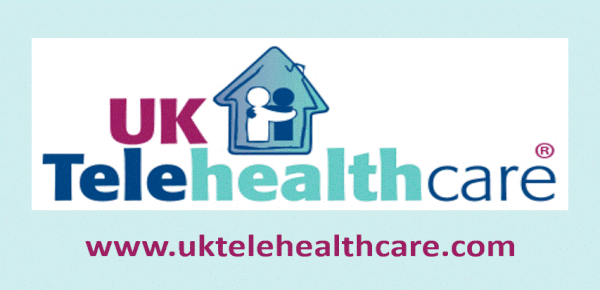The 3D printing files and notes are publicly available here for anyone to recreate, along with a separate CNBP paper and tools on creating a portable bioanalytic device from a smartphone.
Previous microscope clip-ons date back to 2010 with the development of the Ozcan microscope and app we covered in March 2012 and January 2013 (!) Current versions divide up into units that resemble bench microscopes or create hologram images, all requiring external light sources. This microscope is capable of, according to the study, “transmission [of] brightfield [flash on] and darkfield [flash off] microscopy on a mobile phone without any externally powered light source or additional illumination optics.” It also eliminates assembly, with the only requirement the fitting of the lens into the 3D printed clip. The camera’s digital zoom and imaging mode of the iPhone affect the apparent pixel size.
Why is this relevant? According to Dr. Anthony Orth, the lead researcher and CNBP Research Fellow at RMIT University, “Powerful microscopes can be few and far between in some regions. They’re often only found in larger population centres and not in remote or smaller communities. Yet their use in these areas can be essential—for determining water quality for drinking, through to analysing blood samples for parasites, or for disease diagnosis including malaria.” Aside from this use and similar such as healthcare provision in disaster sites or in rural/remote areas to send images for further analysis, when coupled with an app and machine learning, an initial analysis could be performed. Doctor house calls, telemedicine, telehealth vital signs monitoring, and home care monitoring (especially in infection situations) also come to mind. Nature.com Scientific Reports, CNBP News. Also ZDNet and Gizmodo Australia.







Most Recent Comments